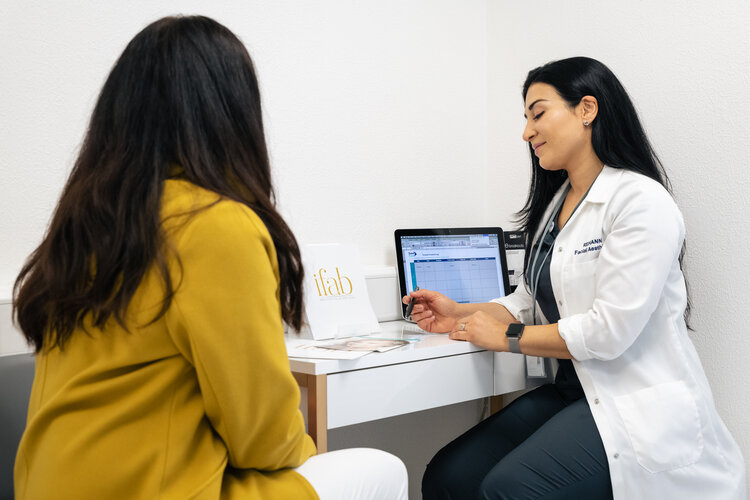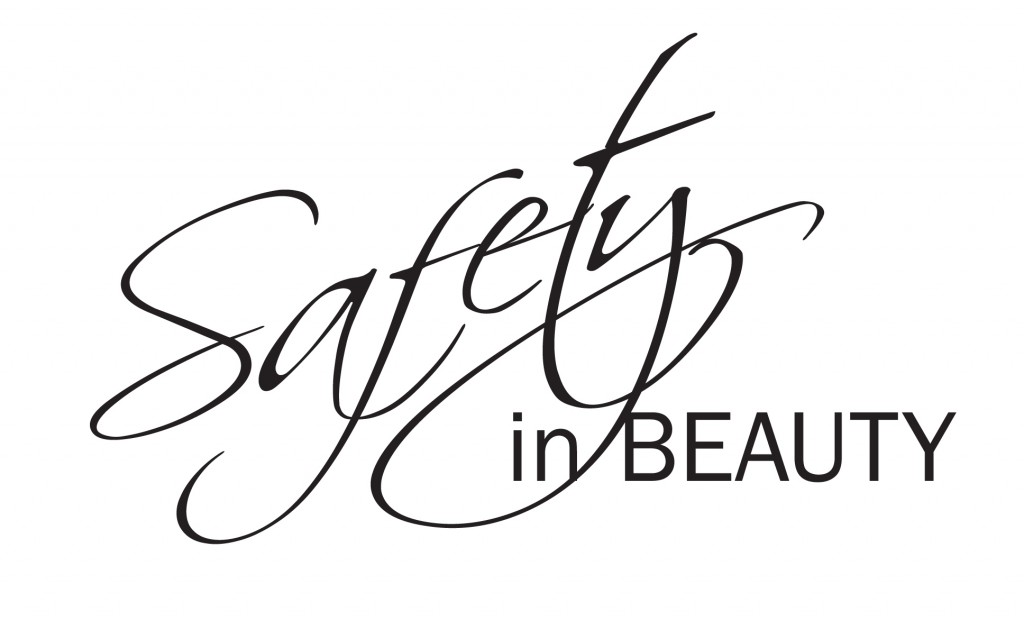
In aesthetics, where most treatments are optional, not essential, an initial consultation is a vital part of a patient journey.
What happens at the initial consultation?
This is where the first rapport is established; with careful history gathering and checking your suitability for treatment, ascertaining your expectations, discussing treatment options, and making sure that you understand them – leading to a higher satisfaction and successful treatment outcomes. A clinician should get to know the person before making the person into a patient.
It is all about building a good rapport, which means trust, which, in turn, will enhance the clinician’s ability to plan and perform treatment and reach optimal goals, and it is better and easier managed when there is a connection built between the clinician and the patient.
- Asking the right type of questions:
- What brings you here today?
- What are your main concerns?
- Why have you decided to come now?
- Is there an important person in your life who would influence your decision?
- Do you have a moral support or are you keeping this a secret?
these all are the questions a good clinician would ask. However, initial consultation is not a one-way interview for suitability, but also a chance for you to get to know your clinician and ask all the questions you may have before you decide to go ahead.
Medical history
The medical history form is often completed by the patient at reception or in the waiting room prior to their consultation. It is important, however, that clinician t discusses it with you, being empathetic and taking genuine interest in you and your conditions and worries. Medical history taking and empathetic communication are two different skills, but both hugely important for the initial consultation. During the consultation, an aesthetic clinician, with empathetic listening and clinical reasoning, can recognise a deeper issue, than you as a patient may be aware of.
When in doubt on patient’s medical condition and suitability for treatment, it is a good practice to refer to your consultant or general practitioner and get a letter with their advice on the proposed treatment.
Diagnosis and treatment planning.
After a thorough history gathering and examination, a clinician will make a diagnosis and discuss treatment options (including ‘doing nothing’) and propose a treatment plan.
It is important to be included into decision-making process. Aesthetics – is where art meets science, and good clinicians not only should have an extensive knowledge of medical suitability and indications/contraindications for treatment but should also understand what would suit you more and should be able to discuss the relevant treatment options with you. It is also crucial to discuss your expectations and expectation/budget ratio.
It is important to be honest and upfront, as budget limitation means there is a product limitation – hence, the outcome would be also limited.
A good clinician would discuss different options comparing their outcomes to help you make informed decision.
A thorough unhurried consultation, where all the aforementioned factors have been considered, will improve your experience and treatment outcomes.
Risks and complications.
It is crucially important to discuss all the complications and side effects and make them a part of the informed consent. In aesthetic field, where most treatments are optional, and not essential, it is hugely important to discuss potential risks associated with these treatments. Most patients are only assuming that all risks are limited to bleeding and bruising, and it is important to make them aware of more destructive and life-changing risks associated with treatments.
Clinicians have a duty to share all material risks associated with treatment with patients. For example, obtaining consent for nose fillers in a patient who had surgical rhinoplasty before, listing the material risks, it is important to emphasise that risk of obstructing an artery, causing necrosis, stroke, myocardial infarction, blindness, is greater on a patient, who had surgery in the area, and therefore, their anatomy is altered. Patient may opt out of the procedure if they are informed of all the risks.
Author: Dr Rehanna Beckhurst qualified as a dentist in 2003 and gained a master’s degree in dental science. She always had a profound interest in cosmetic dentistry and aesthetic medicine, where she went on to qualify as a medical aesthetics practitioner in 2012. She continued to develop her skills with MSc courses and became a tutor in facial aesthetics. Together with her husband, Dr Beckhurst established her own clinic, iFab Clinic in 2016 and has gone from strength to strength, receiving multiple highly commended awards.
